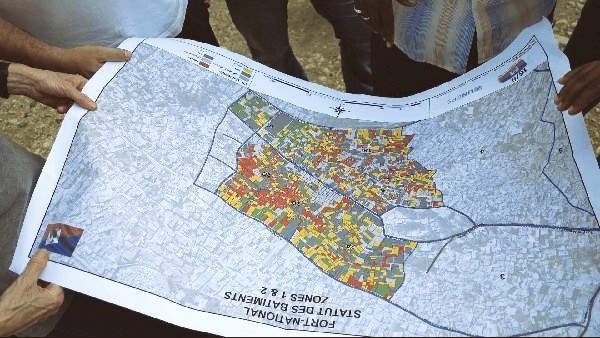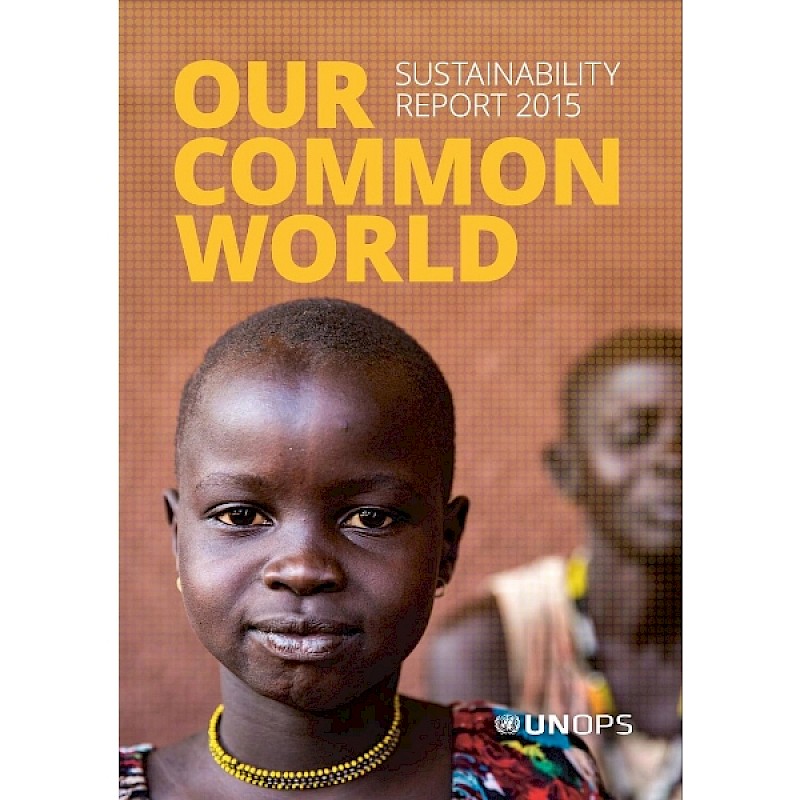Issue #2 – Rethinking ESG: The Need to Prioritize S and G
When you lead a business or a project, you must understand that true sustainability means building something that positively impacts shareholders, clients, and society. And has a lasting positive impact!

The recent downfall of several big banks in the US and Europe made me think a lot about the current level of business responsibility. Sadly, this is only the tip of the iceberg on what is, from my perspective, a massive lack of authentic, responsible business practices everywhere.
When you lead a business or a project, you must understand that true sustainability means building something that positively impacts shareholders, clients, and society. And has a lasting positive impact!
Creating value only for shareholders is anything but sustainable.
My first contact with the term ESG (Environment, Sustainability, and Governance) was about ten years ago, in 2013, when I was serving as director of the project management practice at the United Nations. I joined UNOPS right around the time that a new strategy was being made with a focus on sustainability.
For those who do not know, UNOPS, or United Nations Office for Project Services, is responsible for thousands of infrastructure projects globally on behalf of multilateral organizations, other UN entities, and foundations.
With thousands of infrastructure projects worldwide, we had questions to address that went above and beyond planning.
It is all about sustainable outcomes, aiming to prevent us from building a bridge that connects nothing to nowhere, a hospital with no access road for ambulances, or even a prison facility that is not connected to the power grid and has no electricity. I know you will say that these are all obvious aspects, right?
But it is sometimes hard to make the obvious things happen.
We can take the same analogy when we think about the Silicon Valley Bank. How could a bank with money and deposits collapse so quickly? SVB collapsed not due to the lack of cash or deposits but to the complete lack of sustainable thinking, leading to incredibly high-risk exposure.
It is all the same. Either you take sustainability seriously, or you are just making noise.
This is precisely what I mentioned in my latest article for the London School of Economics, "Marketing is killing ESG."
We took it seriously at UNOPS. We created a program dedicated to sustainability, focusing primarily on the two letters of ESG: S and G.
I know you must be thinking, with all the discussion of climate change and an endless stream of challenges related to the environment, why would we not put the highest focus on the environment?
In my opinion, the answer to this question is simple. If you do not take care of the social impact of your project and do not put the proper governance in place to create a system that produces a positive net result, the environment will collapse.
If people are hungry, uneducated, and facing violence and misery, the last thing they will care about is the environment. I will never forget the first time I saw the 1987 James P. Blair photo showing the border between Haiti and the Dominican Republic from the skies. One side is full of trees, and the other is completely deforested.

Photo by James P. Blair, in Cobb 1987
In 2010, Haiti experienced a massive earthquake. Thousands of homes had been destroyed, 1.5 million people became homeless, and 220,000 people had lost their lives. It was a tragedy without precedent in the history of Haiti.
In 2011, plans were drawn to move people living in six internally displaced camps and resettle them into 16 newly rehabilitated neighborhoods.
With a budget of more than $16 million, UNOPS was chosen to plan and build low-income housing and infrastructure in eight neighborhoods.
The core objective of this project is to promote sustainability. To achieve this, we employed 95% of the local community's construction workforce, who were tasked with building their own homes. This approach had multiple benefits, as it allowed them to acquire construction skills, earn a salary, and gain knowledge about maintaining their homes in the future. It was a big "S" in our effort to produce sustainable results.
On top of this, the community created a community-led council to take responsibility for water distribution, electricity, and waste management. The community management of these resources helped residents change their habits and understand the concept of paying for these services.
The same council had the responsibility to govern the best use of the land, the priorities of construction, and even the colors they wanted to use in their homes. The community also created guidelines to improve safety in the area by defining locations where solar-powered lamps would be placed and how they would be maintained. If you want to know more, I recorded a podcast episode called "The Relevance of Project Governance" to illustrate how good governance matters.
The success of this project shows how collective action and good leadership can change things for the better.
This was sustainability at its heart.

I was fortunate to have the chance to visit Haiti a couple of times during my time at the UN to see the results with my own eyes. It is something to make all of us incredibly hopeful amidst countless challenges. And this happiness was shared just before I left the UN when, under my supervision, the United Nations Office for Project Services published the first ESG report in the United Nations in 2015.
Sustainability is something very close to my heart. I did my Ph.D. exactly on this topic and my experience at the UN.
Let's remember it is time to prioritize the S and G in ESG, and it is up to businesses and individuals to do so. The social impact of any project and proper governance are crucial to ensuring sustainable and positive outcomes.
Sustainability requires collective action and responsible governance. Let us prioritize the S and G in ESG and work towards building a more sustainable future for everyone.
What is on my Radar Recently
How Big Things Get Done
One great reading I suggest to all of you is the book "How Big Things Get Done" by Prof. Bent Flyvbjerg. The book aims to discuss why so many projects fail. I will not share spoilers, but poor planning, mismanagement, and political interference are common factors contributing to the failures.
360 New AI Apps in the Past Seven Days
Do you believe more than 360 new AI apps were released in the past seven days? That is almost 50 apps per day. Take a look at this Twitter post from @HeyBarsee to find out more. And people still only think about ChatGPT. This was the topic of my podcast episode this week.
Reframing Your Priorities
Are you overwhelmed with all these waves of disruptive technology we are facing? Read this Dorie Clark article at Harvard Business Publishing called "Why Scaling Back May Help Your Academic Career"—excellent insights on when it is time to pivot and change.
Quick Announcements
It is disappointing for me not to be able to accept every LinkedIn connection request that comes my way. With over 2,000 pending requests, I am really happy to see that many people value my professional experience and insights. However, it's important to keep in mind that LinkedIn has a limit on the number of connections that can be made, and I have already reached this limit. Please don't take it personally if I am unable to accept your connection request at this time. Instead, I encourage you to follow me on LinkedIn, where you can still benefit from the content I share and stay up to date with my professional endeavors.
Recently, I released on YouTube a new video called "Six Trends That Will Disrupt Our Work," based on the article that Antonio Nieto-Rodriguez and I wrote for Harvard Business Review. If you want to see some potential applications of AI in project management, check out the video or read the article.
Do you know that every video I release on my YouTube channel comes with a free download related to the topic discussed in the video? For example, my video about house selection using multi-criteria comes with a free download that shows step-by-step how to use the Analytic Hierarchy Process to improve your decisions.
On Monday, April 17th, at 9:00 AM ET/14:00 WET, Antonio Nieto-Rodriguez and I will deliver the webinar "How AI Will Transform Project Management" at PMI's ProjectManagement.com. PMI members can join this discussion at no cost here. Join us in a conversation to define the role of AI in our field.
Your Voice Matters!
The first edition of the newsletter had an amazing response, thanks to all of you. We had more than 14,000 subscribers on LinkedIn and 31,000 on my site!
This is the second edition of this newsletter. It is a work in progress. If you have any suggestions, comments, or anything that will help me improve it, please send a note to [email protected] with your suggestions. I would love to hear from you.
Please feel free to share this newsletter with your friends, colleagues, and other people you may find will benefit from it. They can also subscribe to receive it here.
Cheers,
Ricardo.